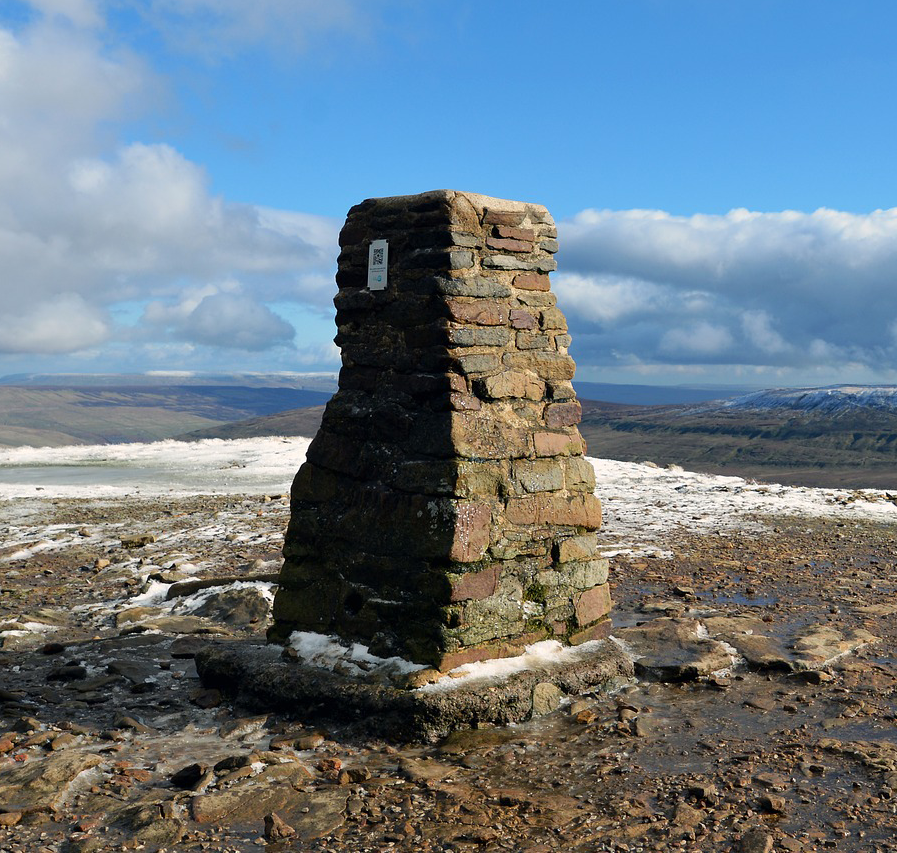
In this lesson, students will discover how a given side, side, and angle could result in 0, 1, or 2 triangles. They will then learn the Law of Sines and use it to find missing side lengths and angle measures. This lesson is intended to be taught before the Law of Cosines lesson and after students learn... Read more »
AAS, ASA, SSA

This cooperative learning strategy engages students in processing and checking their understanding of a lesson. Read more »

In this lesson, students will recall expanding polynomials and factoring quadratics. Students will learn how to factor polynomials with two, three, or four terms: difference of two squares, sum or difference of two cubes, trinomials of the quadratic form that are not quadratics, and grouping. Students... Read more »
Factoring Polynomials

In this lesson, students will recall finding greatest common factors (GCFs) of polynomials and the relationship between the factored and standard forms of a quadratic expression. Then, students will learn how to factor using the TRI method. Students will use this knowledge to factor and solve (factorable)... Read more »
Factoring Quadratics

This is a lesson for Law of Cosines, which also connects Law of Sines and Law of Cosines to map triangulation. Students will receive a brief introduction to Trig Pillars: a tool used in the United Kingdom in the mid-20th century to help with mapmaking. Then, they will go through an informal proof of... Read more »
Triangulation and Mapping

In this lesson, students will discover how matrices are used in computer graphics. Students will learn how to perform the matrix operations of addition, subtraction, multiplication, and scalar multiplication. They will then learn how multiplying matrices relates to transformations and, in turn, animation... Read more »
Matrices in Computer Graphics

In this lesson, students will use their existing knowledge to find the area and perimeter of triangles, rectangles, and trapezoids to discover how to find the area of a regular polygon and apply their knowledge to real-world scenarios. Read more »
Area and Perimeter of Regular Polygons

In this lesson, students will recall solving equations with rational exponents and radicals. Using graphs, students will recall evaluating and solving equations with function notation. Students then will learn how to address extraneous solutions and why they exist. Students will apply this new knowledge... Read more »
Extraneous Solutions

From graphing functions to plotting tables of data to creating sliders in order to allow exploration of transformations, the Desmos Studio graphing calculator is a great free resource for both students and teachers. Desmos Studio has graphing, scientific, four-function, and matrix calculators. You and... Read more »

In this lesson, students will discover properties of logarithms. Students will use the properties to work through a proof of the change of base formula, to solve logarithmic equations, and to evaluate logarithmic expressions. Prerequisites for this lesson include solving exponential equations using... Read more »
Solving Logarithmic Equations